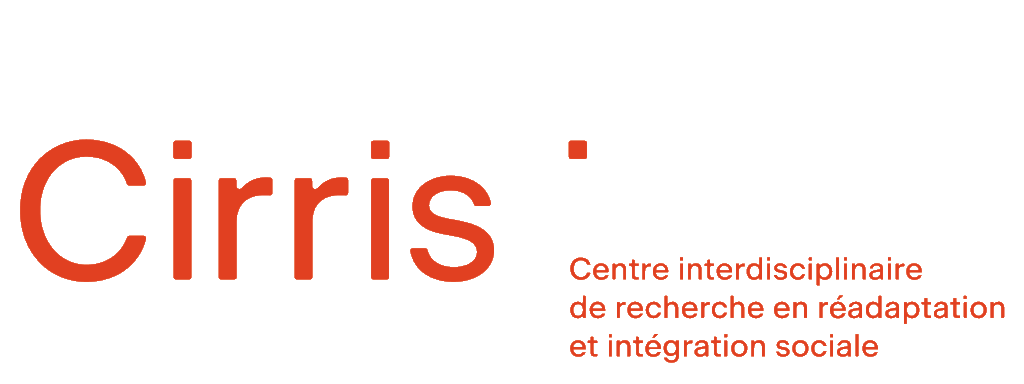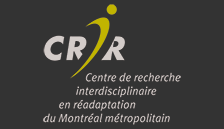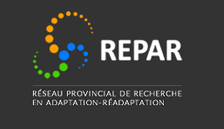How do you find the right media to ensure that the results are communicated and easily accessible to different stakeholders?
Jacqueline Roberge-Dao, PhD candidate, McGill University
Learn how to identify the right communication channels to reach the target audience of your knowledge transfer efforts and what means to use to get and keep their attention.
Subtitles available
LSQ Version - Quebec sign language
Share





